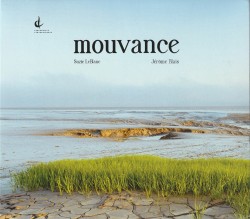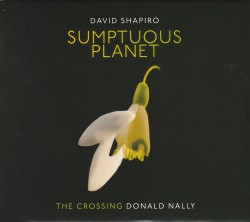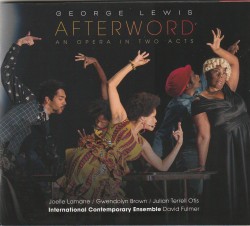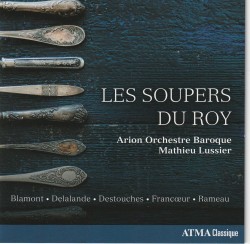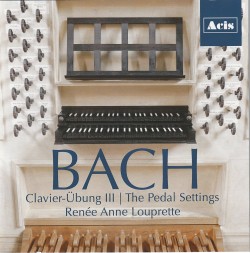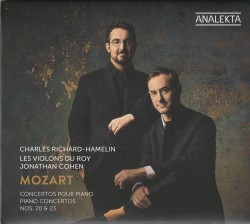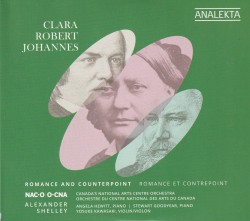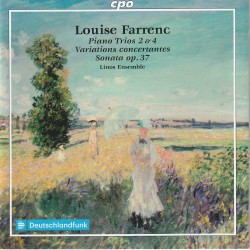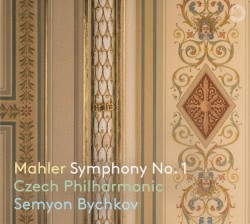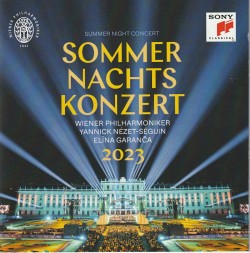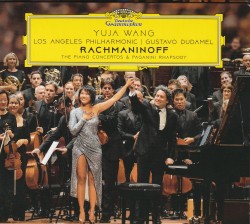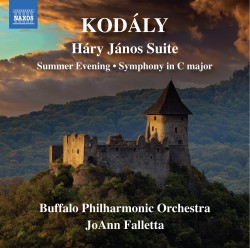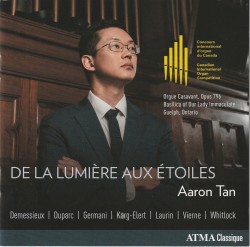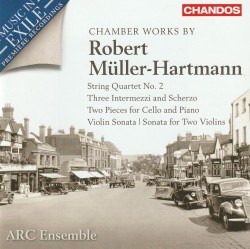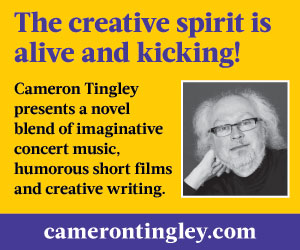Frank Horvat: Fractures - Meredith Hall; Brahm Goldhamer
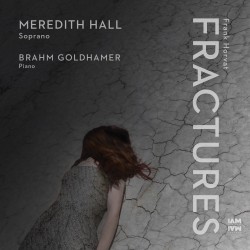 Frank Horvat – Fractures
Frank Horvat – Fractures
Meredith Hall; Brahm Goldhamer
I Am Who I Am Records (iam-records.com)
Canadian composer and environmental activist Frank Horvat’s most recent album, Fractures, is a cycle of 13 songs performed by soprano Meredith Hall and pianist Brahm Goldhamer. Inspired by the 2016 anthology Fracture: Essays, Poems, and Stories on Fracking in America, this work explores the controversial practice of fracking, a method used to extract natural gas and oil from deep rock formations known as shale. With lyrics curated from several Canadian and American writers who have been directly affected by fracking, the song cycle explores various viewpoints that surround the procedure.
Horvat’s song cycle speaks to the ramifications of fracking, from the resources required to the impact on both the land and surrounding communities. Each song has an independent theme and musical structure and the cycle is unified by recurring motifs of fire and water. Although Hall and Goldhamer, both seasoned performers, demonstrate great commitment to the text and the music, listening to Fractures is, at times, difficult, for it requires a certain window into the knowledge of fracking to better understand the ironies and or musical choices that accompany certain texts. To the uninitiated, a more relatable song can be found in Lullaby in Fracktown, where a mother sings to her young child against the backdrop of her husband’s employment insecurity.
Notwithstanding, it is a gift when living composers take time to explain their work and thought processes, which is what Horvat does in the generous liner notes of Fractures. His explanations enhance our ability to reflect more deeply on fracking and our environment. Horvat’s activism and dedication to this project (and others) are reminiscent of R. Murray Schafer’s soundscape work and that’s a very good place to be.


